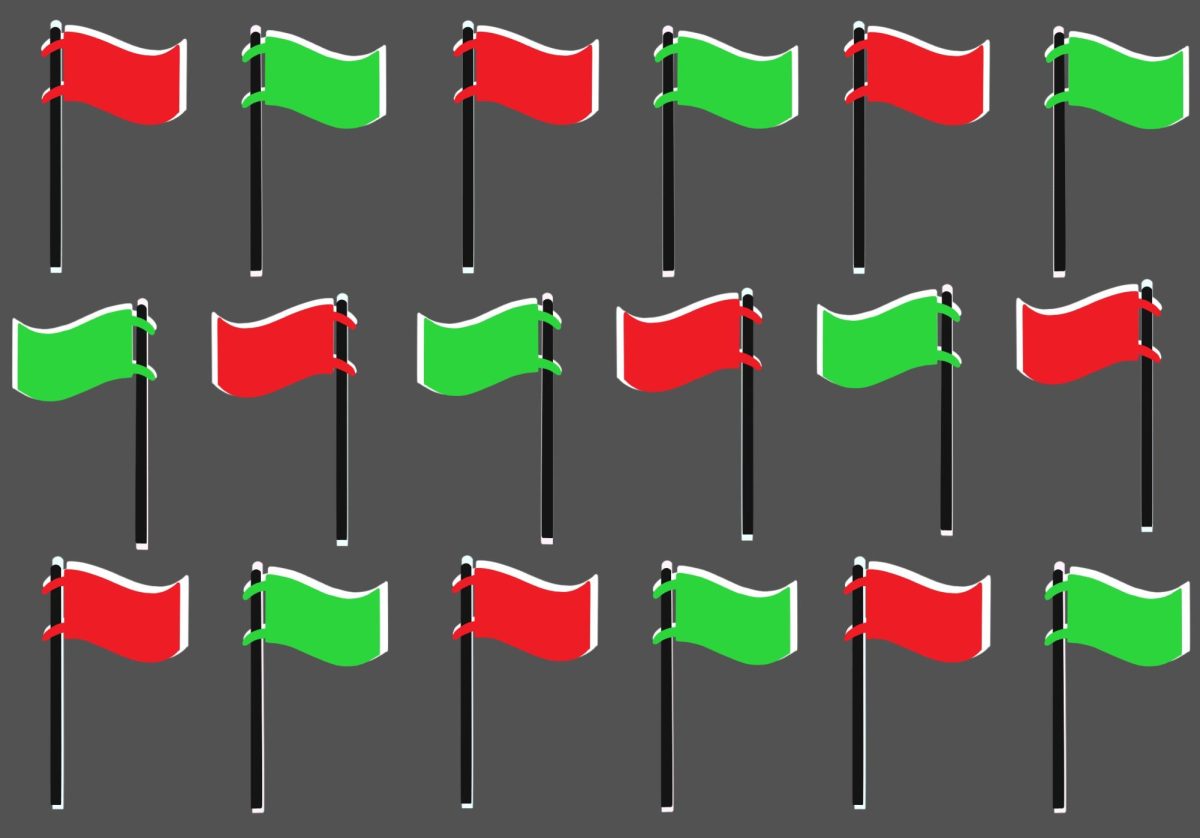Despite all the predictable debate over the Minnesota Department of Education’s proposed guidelines for K-12 social science education, they do include an event often unmentioned in Minnesota history classes – the Dakota War.
An undergraduate course I taught focused on historical memory and how various events in time are forgotten, not by, but for students because they never encounter the information in a classroom. Case in point: The vast majority of my Minnesota students have never heard anything about a significant travesty in their own state’s history: The Dec. 26, 1862, hanging of 38 Dakota men in Mankato, Minn. Quite often, students were shocked to learn the largest federally mandated mass execution in U.S. history occurred in their state.
Over the last five years I have both researched and written about the Dakota Conflict of 1862 in hopes of drawing attention to the severity of the events. They are too complicated to thoroughly explain in column space, but I want to discuss them.
Much of the story begins with the Treaty of Traverse des Sioux, signed in 1851 by members of the Dakota Nation, the U.S. government and Minnesota, then a territory. One of my colleagues, Jane Raudenbush, has translated a handwritten Dakota language version of the treaty we came across back into English to see exactly what the document says. At a basic level, the languages do not conceive of the world in the same way. It might come as little surprise that the two documents bear important differences.
Most of the discrepancies involve how much land the Dakotas were allotted in the agreement. In 1852, when Congress ratified the treaty, however, most of the land provisions were simply deleted. The question of who had rights to what land and the failure of the federal government to provide the promised goods stipulated by the treaty set the stage for the military conflict in August 1862.
After the conflict, a special tribunal was set up to determine which of the captured Dakota people had been involved. At the end of the tribunal process, 303 Dakotas were condemned to death, many of them simply because they were American Indian. Before the execution took place, President Abraham Lincoln intervened and lowered the number of condemned men to 39. One more man received a pardon moments before the hanging.
In November 1862, about 1,600 Dakota women, elders and children were marched from a prison in Mankato to Fort Snelling. A military internment camp was created on Pike Island below the fort for the Dakotas. Hundreds died of disease and malnutrition.
The hanging was scheduled for Dec. 19, 1862, but there was not enough rope in Mankato for the gallows, so the date was changed to Dec. 26, 1862. A special rectangular hanging platform was constructed so all 38 Dakota men would simultaneously die. One of the four beams supporting the nooses ended up in the old geology museum at Pillsbury Hall and remained there until at least 1911. The beam is not presently located in Pillsbury Hall – I’ve looked.
One of the hanged Dakotas, a 16-year-old boy, is worth mentioning. His Dakota name was Wasicu (meaning non-Dakota person) and was often translated into “white man” or “Frenchman.” He claimed he had nothing to do with killing anybody and is described as being both an idiot and cross-eyed in various accounts. Months later, it was discovered the boy was abandoned by his white family as a child and raised by the Dakotas.
After the execution was complete, the bodies were buried outside Mankato in a shallow grave. Doctors swooped in to retrieve the corpses for use as medical cadavers. Dr. William Mayo, father of the brothers who founded the Mayo Clinic, was involved in the body snatching.
Even now, I have barely begun to discuss the events surrounding the Dakota War mentioned in the guidelines. I am hopeful (but not overly optimistic) that somehow the proposed social studies guidelines will draw more attention to a tragic series of events in Minnesota history, if only for a moment during seventh grade.
John Troyer is a columnist. He welcomes comments at [email protected]







